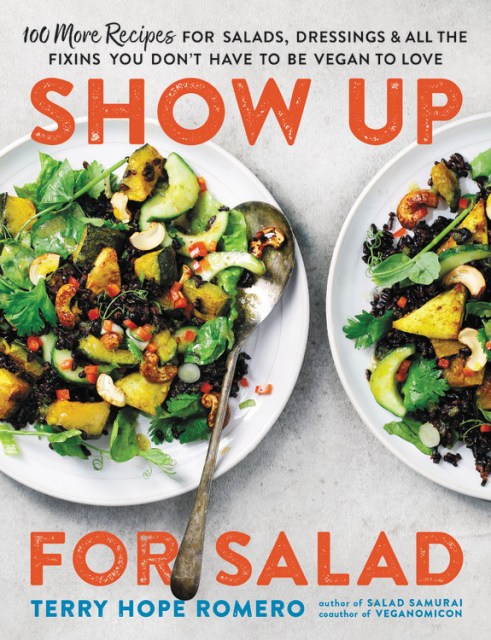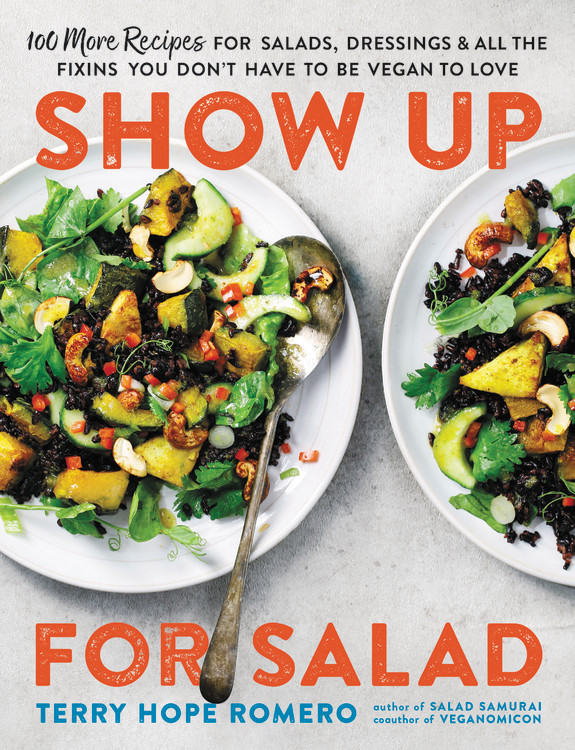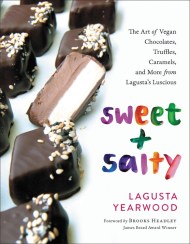Promotion
Use code MOM24 for 20% off site wide + free shipping over $45
Show Up for Salad
100 More Recipes for Salads, Dressings, and All the Fixins You Don't Have to Be Vegan to Love
Contributors
Formats and Prices
Price
$22.99Price
$29.99 CADFormat
Format:
- Trade Paperback $22.99 $29.99 CAD
- ebook $13.99 $17.99 CAD
This item is a preorder. Your payment method will be charged immediately, and the product is expected to ship on or around June 4, 2019. This date is subject to change due to shipping delays beyond our control.
Also available from:
The coauthor of Veganomicon and author of Salad Samurai is back with more flavorful and hearty vegan recipes to up your salad game.
Are you seeking a different kind of salad? Salad Samurai Terry Hope Romero helps you free your bowl from store-bought dressings and predictable lettuce combinations with her innovative mix-and-match basics. The hearty plant-based proteins, dairy-free “cheesy” toppings, crunchy croutons, and endless leafy, veggie, and fruit options you crave in a satisfying, lip-smacking salad are all right here — for lunch, dinner, or even breakfast.
Are you seeking a different kind of salad? Salad Samurai Terry Hope Romero helps you free your bowl from store-bought dressings and predictable lettuce combinations with her innovative mix-and-match basics. The hearty plant-based proteins, dairy-free “cheesy” toppings, crunchy croutons, and endless leafy, veggie, and fruit options you crave in a satisfying, lip-smacking salad are all right here — for lunch, dinner, or even breakfast.
Genre:
- On Sale
- Jun 4, 2019
- Page Count
- 304 pages
- Publisher
- Da Capo Lifelong Books
- ISBN-13
- 9780738218519
Newsletter Signup
By clicking ‘Sign Up,’ I acknowledge that I have read and agree to Hachette Book Group’s Privacy Policy and Terms of Use







